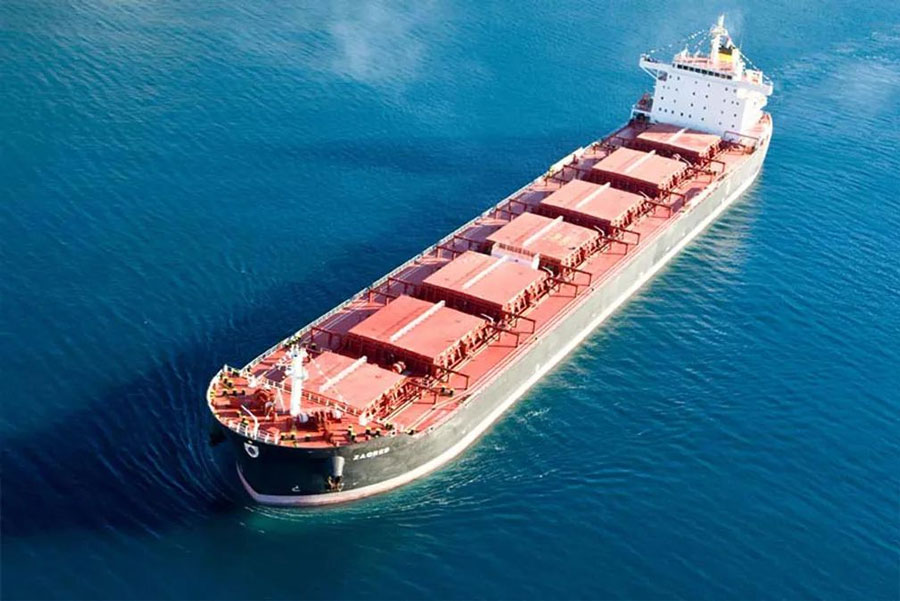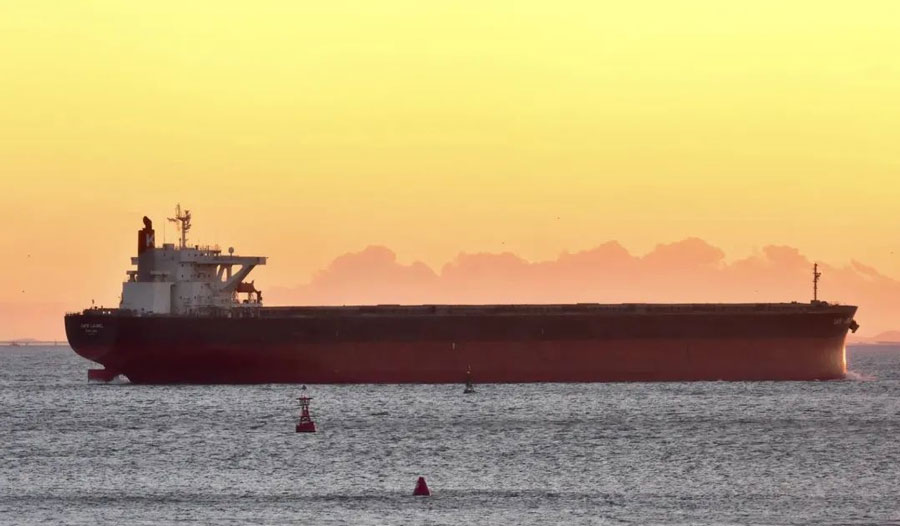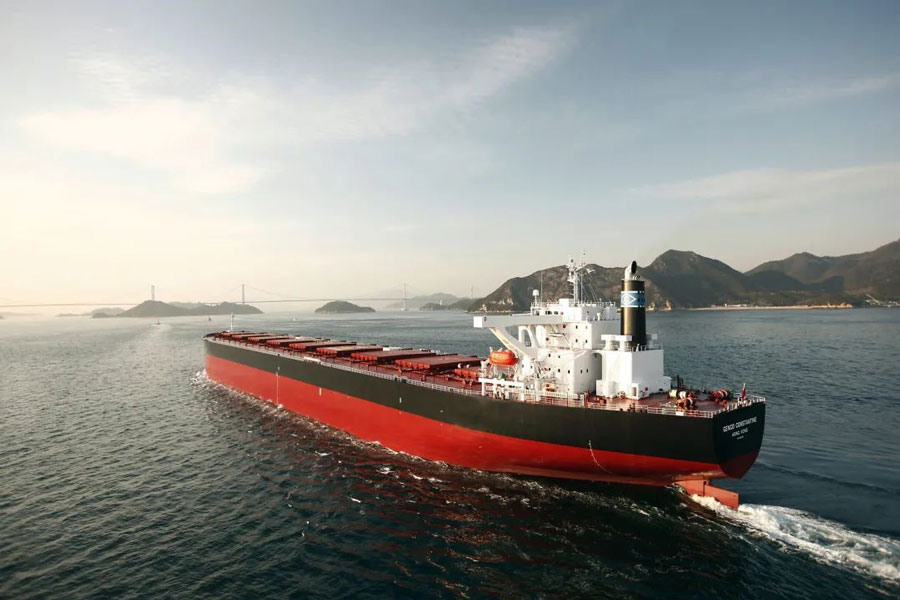

The bulk carrier market is positive, and 250 vessels are expected to be needed in 2028
According to the latest forecast of Clarkson Securities, with the growth of exports from South America, the demand for capesize bulk carriers will increase significantly.
"We remain bullish on the dry bulk market over the next few years, with long-haul iron ore and bauxite exports expected to drive the market going forward," said Clarkson analysts Frode Morkedal, Bendik Folden Nyttingnes and Even Kolsgaard.
Going forward, new production capacity in Brazil and Guinea will be an important driver of the market. It is predicted that by 2028, the two countries may add up to 170 million tons of iron ore exports. If all this cargo goes to China, the Atlantic route alone may require the capacity of 250 capesize ships. This demand far exceeds the planned delivery of 136 new Capesize vessels over the same timeframe.
In fact, Capesize ships are starting a market boom triggered by tight supply. The order book is currently at its lowest level in the last 20 years, and upcoming environmental regulations could further limit growth. Net fleet growth could drop to 1% or even zero by 2025, especially with a large dry dock program that will see many vessels built in 2010 and 2012 subject to mandatory inspections.
Clarkson forecasts daily revenue of $25,000 and $29,000 for Capesize ships in 2025 and 2026, respectively, with more positive long-term revenue prospects.
It is worth noting that this market dividend is gradually being transmitted to smaller ship types. While Panamax's average daily earnings have lagged behind Capesites since the summer, analysts believe the market base for smaller ships is improving as demand for coal cargoes increases and the Panama Canal expands.
"We remain bullish on the dry bulk market over the next few years, with long-haul iron ore and bauxite exports expected to drive the market going forward," said Clarkson analysts Frode Morkedal, Bendik Folden Nyttingnes and Even Kolsgaard.

Going forward, new production capacity in Brazil and Guinea will be an important driver of the market. It is predicted that by 2028, the two countries may add up to 170 million tons of iron ore exports. If all this cargo goes to China, the Atlantic route alone may require the capacity of 250 capesize ships. This demand far exceeds the planned delivery of 136 new Capesize vessels over the same timeframe.

In fact, Capesize ships are starting a market boom triggered by tight supply. The order book is currently at its lowest level in the last 20 years, and upcoming environmental regulations could further limit growth. Net fleet growth could drop to 1% or even zero by 2025, especially with a large dry dock program that will see many vessels built in 2010 and 2012 subject to mandatory inspections.

Clarkson forecasts daily revenue of $25,000 and $29,000 for Capesize ships in 2025 and 2026, respectively, with more positive long-term revenue prospects.
It is worth noting that this market dividend is gradually being transmitted to smaller ship types. While Panamax's average daily earnings have lagged behind Capesites since the summer, analysts believe the market base for smaller ships is improving as demand for coal cargoes increases and the Panama Canal expands.





